Moscow has officially launched Russia’s first AI-powered autonomous tram service, marking a groundbreaking achievement in the country’s public transportation evolution. This autonomous tram carries passengers and represents a milestone in Russia’s public transport innovation, setting the stage for a comprehensive transformation of urban mobility across the nation’s capital.
The revolutionary driverless tram system is a cornerstone of Moscow’s ambitious transport development strategy extending through 2030, with the ultimate goal of achieving 90 percent fleet automation by 2035. This pioneering initiative demonstrates how artificial intelligence and advanced robotics are reshaping the future of sustainable urban transportation.

How Moscow’s AI-Powered Autonomous Tram Technology Works
Advanced Artificial Intelligence Capabilities
The newly launched autonomous tram showcases remarkable technological sophistication. The AI-driven system independently stops at designated stations, opens and closes doors automatically, obeys all traffic signals, yields to pedestrians at crosswalks, and determines optimal routes without human intervention—all while maintaining strict schedule adherence.
Since May 2024, the tram has completed over 8,000 kilometres of rigorous testing without a single traffic violation, demonstrating exceptional reliability and safety standards that exceed traditional manually-operated vehicles.
Cutting-Edge Sensor Technology
The transport is equipped with advanced LiDAR systems, providing highly accurate location data and a 360-degree view of its surroundings. This comprehensive sensory network enables the autonomous tram to navigate complex urban environments with precision, detecting obstacles, pedestrians, and other vehicles in real-time.
The AI software powering these trams was developed locally in Moscow, showcasing Russia’s growing capabilities in autonomous vehicle technology and smart city solutions.
Rigorous Three-Phase Testing Before Public Launch
Safety-First Approach to Autonomous Transport
Three stages of trials preceded the launch, including night runs without passengers, supervised journeys with passengers, and finally regular autonomous operation. This methodical testing protocol ensured that every safety concern was addressed before committing to full passenger service.
During the initial phase, safety drivers remained onboard to monitor performance and intervene if necessary. The subsequent supervised passenger phase allowed engineers to fine-tune the system’s response to real-world scenarios. Only after successful completion of both phases did Moscow authorities approve fully autonomous passenger operations.
Ambitious Expansion Plans Through 2035
Rapid Fleet Growth Timeline
Moscow’s commitment to autonomous public transport extends far beyond this inaugural tram. By the end of 2025, three autonomous trams will operate in the city, expanding to 15 by 2026. The city plans to equip over 300 trams with autonomous technology by 2030, representing a massive infrastructure investment in smart transportation.
This aggressive expansion timeline positions Moscow as a global leader in autonomous public transport adoption, potentially surpassing cities in Europe and North America in driverless vehicle deployment.
Autonomous Metro Trains on the Horizon
The innovation doesn’t stop with trams. The city is preparing to test its first autonomous metro train starting in December 2025, with full passenger service anticipated by 2026. This multi-modal approach to autonomous transport will create an integrated network of AI-powered vehicles throughout Moscow’s vast public transportation ecosystem.
The combination of autonomous trams and metro trains will dramatically improve efficiency, reduce operational costs, and provide more reliable service to Moscow’s 12+ million residents.

Current Operational Structure and Safety Measures
Human Oversight During Transition Period
Under current federal regulations, a trained operator remains in the tram cabin during service hours. However, their role has fundamentally changed—they monitor the system and handle non-driving tasks such as fare control rather than operating the vehicle itself.
All driving functions are completely managed by the AI system and advanced software developed specifically for Moscow’s unique urban environment. This hybrid approach ensures passenger safety while the technology continues to prove itself in real-world conditions.
As confidence in the autonomous systems grows and regulations evolve, Moscow authorities anticipate transitioning to fully driverless operations without onboard personnel.
Environmental and Economic Benefits
Reducing Emissions and Operating Costs
The AI-powered autonomous trams are all-electric vehicles, contributing to Moscow’s sustainability goals by eliminating emissions from public transport. The precise AI control also optimizes energy consumption, reducing electricity usage compared to human-operated vehicles.
From an economic perspective, autonomous trams promise significant long-term savings through reduced labor costs, improved maintenance scheduling through predictive analytics, and decreased accident-related expenses thanks to superior safety records.
Enhanced Passenger Experience
Beyond operational benefits, passengers enjoy improved service reliability with AI systems that maintain strict schedule adherence. The technology eliminates human error factors such as driver fatigue or distraction, potentially reducing delays and improving overall punctuality.
The smooth acceleration and braking patterns programmed into the AI system also provide a more comfortable riding experience compared to traditional tram operations.
Moscow’s Position as Global Smart Transport Leader
Setting International Standards
Moscow’s position as a global leader in smart public transport solutions is being reinforced through these ambitious autonomous vehicle programs. The city’s comprehensive approach—combining trams, metro trains, and future bus automation—creates a blueprint that other major cities worldwide may follow.
This initiative reflects Moscow’s broader commitment to technological advancement and sustainable urban mobility. By 2035, when 90 percent of the fleet operates autonomously, Moscow will likely be among the world’s most technologically advanced public transportation systems.
International Collaboration Potential
The success of Moscow’s AI-powered trams opens opportunities for technology export and international partnerships. Cities facing similar urban transport challenges may seek to license Moscow’s autonomous vehicle software or consult with Russian engineers on implementation strategies.
Future of Autonomous Transport in Russia
The Moscow AI-powered autonomous tram project represents just the beginning of Russia’s autonomous vehicle revolution. Success in the capital will likely accelerate adoption in other major Russian cities such as St. Petersburg, Kazan, and Yekaterinburg.
As artificial intelligence technology continues advancing and public confidence grows, fully autonomous public transport may become the norm rather than the exception across Russia within the next decade.
For more information about Moscow’s transport initiatives and Russian government programs, visit the official government portal.
Conclusion: A New Era of Urban Mobility
Moscow’s launch of Russia’s first AI-powered autonomous tram with passengers marks a historic turning point in public transportation. With over 8,000 kilometers of flawless testing, ambitious expansion plans targeting 300 autonomous trams by 2030, and 90 percent fleet automation by 2035, Moscow is cementing its status as a pioneer in smart city technology.
This achievement demonstrates that autonomous public transport is no longer science fiction—it’s operational reality, carrying real passengers through real city streets safely and efficiently. As Moscow continues expanding its driverless vehicle network to include metro trains and potentially buses, the world is watching what may become the template for 21st-century urban mobility.



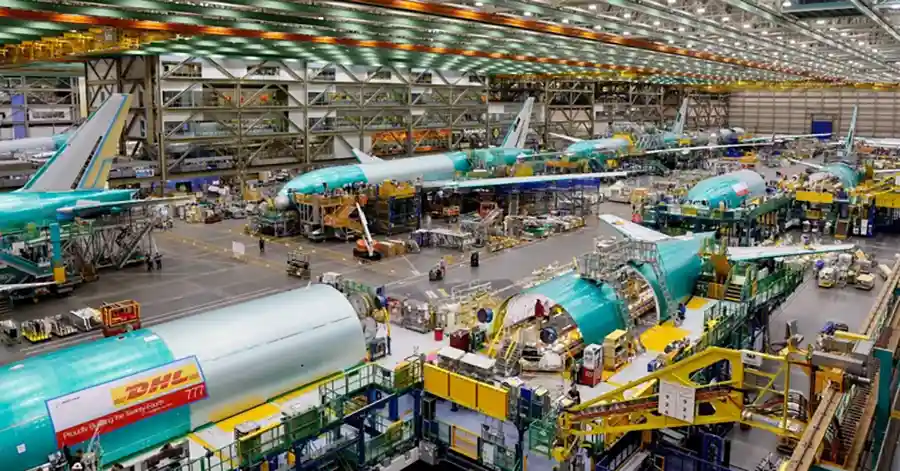


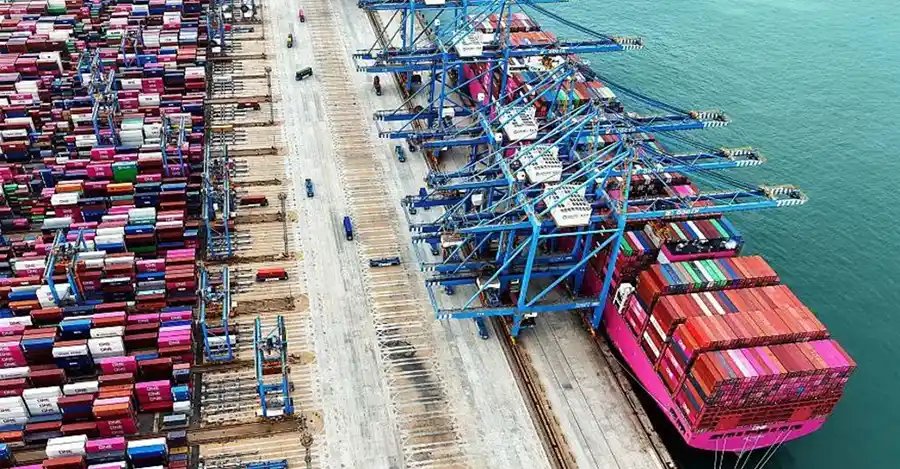


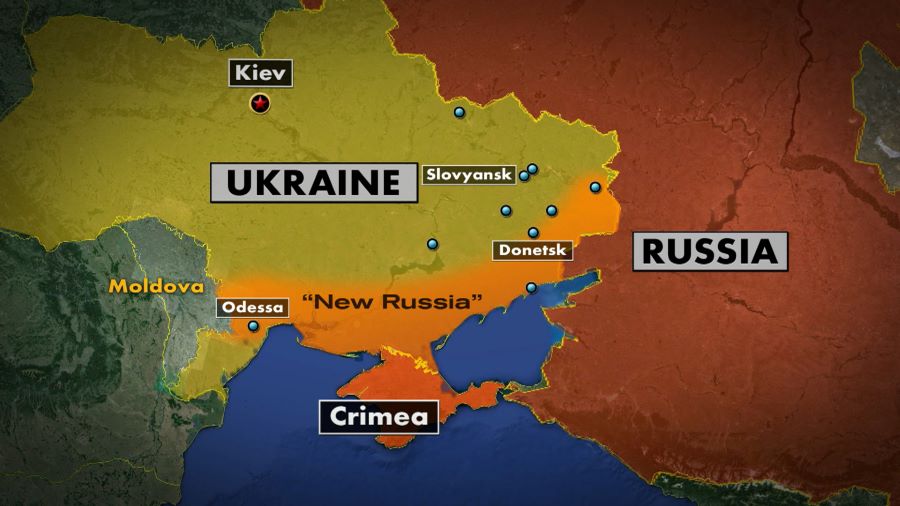




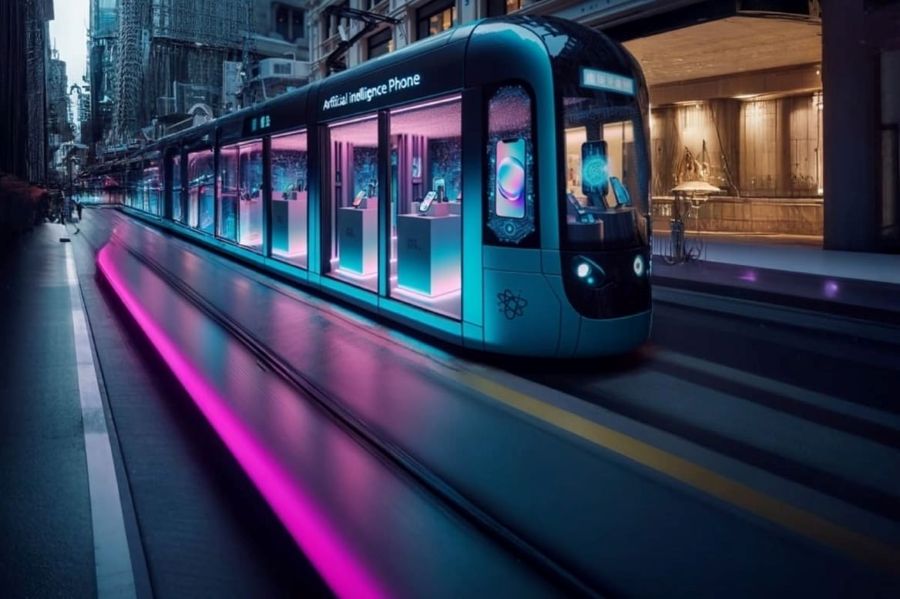




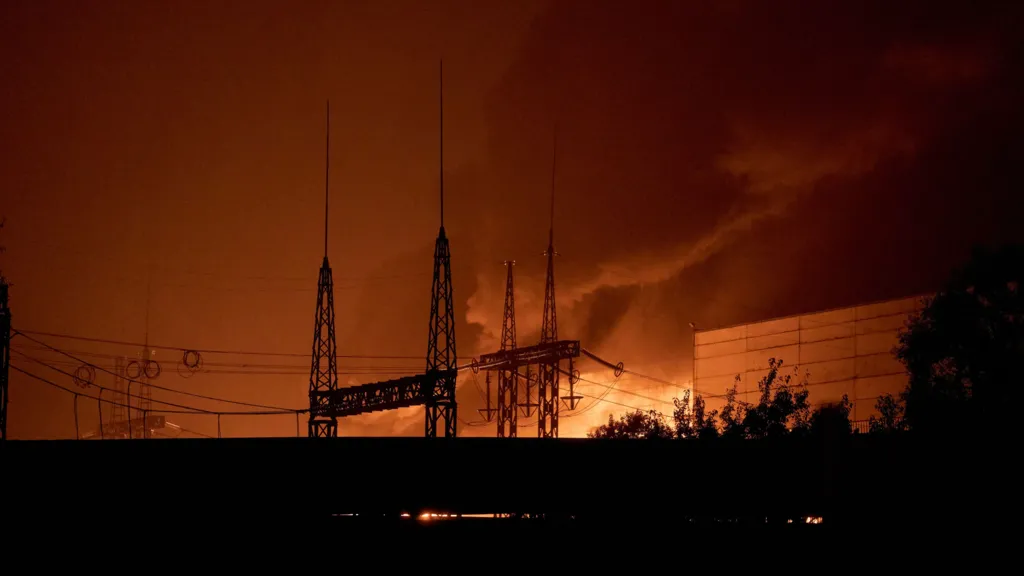

Comments